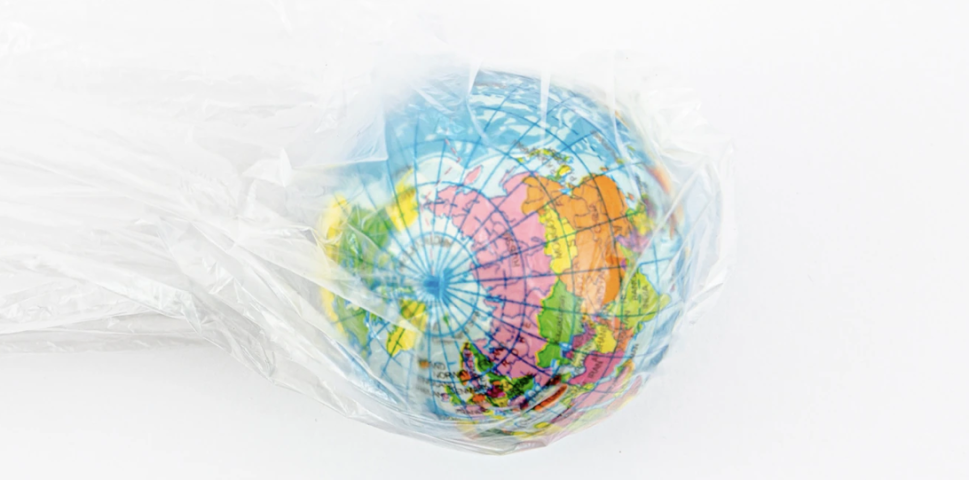There is no question that dramatic changes are coming for the supply and reverse supply chain for plastics that will impact packaging, containers, and plastic products. From resins and polymer mixes to ocean plastic clean up and waste export bans and everything in between, it is difficult to not foresee a fundamental regime shift coming for the regulation of plastics globally. But just who decides on these new rules and how will disparate initiatives and goals lead to convergence on legal standards?
EU Plastics Strategy
The first place to start is, of course, the European Union. The broad-reaching 2018 strategy encompasses the landmark 2019 Single Use Plastics Directive, targeting certain commonly disposed products and includes:
- Bans for a number of single use plastics (cutlery, straws, etc.) where non-plastic alternatives are readily available and affordable;
- Reduction targets for food containers and cups;
- Ambitious collection targets of up to 90%;
- Producer payment obligations to help fund waste management and legacy clean-up costs;
- Labelling of some plastics, indicating how to waste dispose and alerts as to the negative environmental impacts of plastics; and
- Consumer awareness campaigns about negative impacts of plastic litter and re-use and waste management options.
In short, it is a policy mix impacting various parts of the life-cycle. The Plastics Strategy goes further, however, and requires of all plastics:
- Design of recyclability;
- Creation of markets for recycled and renewable plastics;
- Expanding and modernizing EU’s plastics sorting and recycling capacity;
- Mandating producer-paid initiatives to curb plastic wastes;
- A regulatory framework for plastics with biodegradable properties; and
- Coming regulation on microplastics across a number of industries.
This relatively comprehensive set of product and supply chain requirements would apply to both inbound and outbound products, leaving little room for global plastics industry stakeholders to remain untouched by these coming standards.
Ellen MacArthur’s “New Plastics Economy”
What the Ellen MacArthur Foundation lacks in regulatory authority, it more than makes up for in ambition. The seminal publications on a “New Plastics Economy” involves macro-level systems to remake supply/reverse supply chains. Overall, it’s mission is described as follows:
- Elimination of problematic or unnecessary plastic packaging through redesign, innovation, and new delivery models is a priority;
- Reuse models are applied where relevant, reducing the need for single-use packaging;
- All plastic packaging is 100% reusable, recyclable, or compostable;
- All plastic packaging is reused, recycled, or composted in practice;
- The use of plastic is fully decoupled from the consumption of finite resources; and
- All plastic packaging is free of hazardous chemicals, and the health, safety, and rights of all people involved are respected.
The genius of the New Plastics Economy Global Commitment is its multi-stakeholders industry approach, enlisting some of the largest industrials and other stakeholders from across the plastics supply and reverse supply chain to make concrete, shared undertakings, thereby establishing common terms of reference and objective standards by which supply chain parties can systematize their efforts.
They’ve gone further and fostered the growth of “Plastic Pacts” in which countries are to enlist domestic industry to make commitments which exceed EU standards. The reference terms are not, however, entirely consistent, potentially creating future challenges for international industry to adopt a single compliance legal regime where long-term investment under the MacArthur Foundation model isn’t entirely exported into law.
Alliance to End Plastic Waste
January 2019 also saw the creation of the industry-led Alliance to End Plastic Waste, which has committed an astounding $1.5 Billion over the next five years with a mandate to “bring to scale solutions that will minimize and manage plastic waste and promote solutions for used plastics by helping enable a circular economy”.
To date, the Alliance appears to be focused upon funding plastics-relevant waste management projects, principally in Asia, but their heft will, no doubt, be relevant in the overall direction of plastics policy given their petrochemical representation and their planned investments. It remains to be seen when and how they might enter the plastics product design-for-environment field.
Basel Convention
Finally, the newest major entrant in the increasingly crowded field of new plastics standards is the Basel Convention on the Control of Transboundary Movements of Hazardous Wastes and Their Disposal. In addition to the deeming of most plastic wastes as controlled by the environmental and transfer protections built into the Basel Convention effective January 1st, 2021, the May 2019 resolutions also put the organization into the forefront of plastics regulation with some notable initiatives:
- An expert working group is to be convened to consider whether to expand the categories of plastic wastes which should be classified as “hazardous” under the Convention (many will be simply classified as “other wastes” under the May 2019 resolutions);
- A “partnership on plastic wastes” is to be convened which will include the (state) parties to the Convention, as well as certain other stakeholders (as either parties or observers) and will:
- Engage in pilot projects and scaling exercises;
- Assess best practices, as well as barriers, for the prevention, minimization, and environmentally-sound management of plastic waste movements; and
- Consider options for increasing durability, reusability, reparability and recyclability of plastics.
- A mandate to update the current Technical Guidelines which are to be a point of reference of parties’ national and international waste management and recycling standards, including how they relate to plastics.
With these goals, the Basel Convention has gone from a virtual bystander on most plastic waste issues to an aspirant for a central role, with the backing of almost all national governments (notably absent – USA). Further, the Basel Convention has overtly called for collaboration with the United National Environment Program, giving it a further platform to push through multi-lateral action on plastics. Whether the Basel Convention lacks the industry integration to remain relevant in this dynamic market, however, remains to be seen.
Where’s the Convergence?
In looking at these four major global initiatives, what’s most staggering is that they’ve all arisen in the past year, each arguably filling a vacuum on plastics stewardship to which great public animosity was paid.
While each has a somewhat different mandate and maybe all would benefit from each pursuing their own enterprises for now, there will soon be a need for convergence on the fundamentals of future plastics rules, such as permissible plastics types, hazards eliminations, recycled content minimums, environmental attributes, such as “compostable” or “biodegradable”, design for recyclability, usage bans, and reverse supply chain integration.
Without convergent, plastics industry stakeholders won’t find the market stability necessary to make any of these initiatives successful.
____





